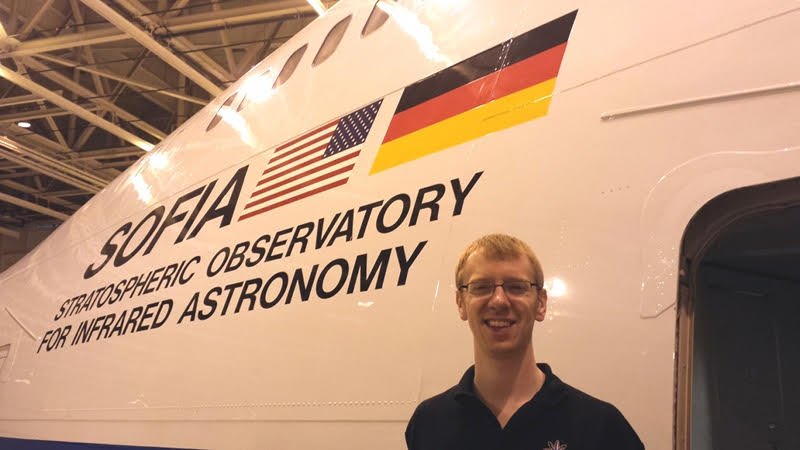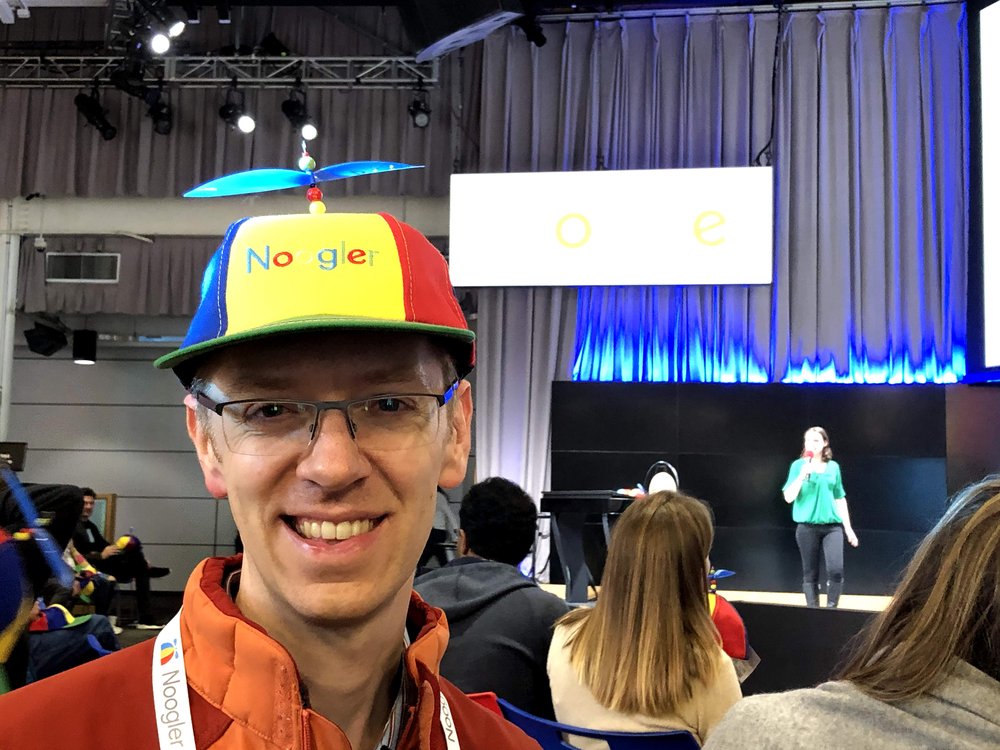Welcome to the latest edition of “My Path to Google,” where we talk to Googlers, interns and alumni about how they got to Google, what their roles are like and even some tips on how to prepare for interviews.
Today’s post is all about Garrett Holthaus, a tech writer who taps into his background in both computer science and teaching.
What are you working on right now at Google?
Currently, I am working on two projects in the Google Cloud Programs organization. One is writing a user guide for a new internal software tool that will help streamline cross-team planning and interaction. The other is creating an internal training curriculum for program managers. It’s been amazing to work on these two different types of educational content, written documentation and instructor-led classes, at Google’s scale.
What inspires you to come in (or log on) every day?
The technical writing community at Google is amazingly supportive. There are ongoing discussions about everything from style to formatting to engaging with subject matter experts. If you have a question, you can be assured of a helpful answer. (Sometimes two or three answers!) Within a month of joining, I had found a mentor and was getting advice on how to navigate my role.
How did you first get interested in technology?
From an early age, I have been interested in science and technology. My parents set me on a path to computer science when they bought an early home computer — I typed in game programs from magazines and was amazed at the possibilities for different applications. My dad had a basement workshop where I helped out with different projects and took on some of my own in electronics, woodworking and mechanical restoration.
My passion for electronics and hardware led me to major in electrical engineering, where I became fascinated with computer architecture. I started out in microprocessor validation, writing assembly code and tools to exercise various parts of a CPU. As a validator, I learned to put on my “evil” hat and try to break the hardware in ways the designer hadn’t anticipated.
And how did you then get interested in teaching?
I volunteered as a tutor in college and participated in various educational outreach opportunities during my career. One program that made a big impression was Science is Elementary, in which I visited a local elementary school with a small group of my coworkers once a month to teach a science lesson. This and other experiences led me to teaching high school physics, before later rejoining the tech industry.

Garrett during a summer internship as a teacher working for NASA. He’s standing in front of a Boeing 747SP airplane that was modified with a large sliding door on the rear of the fuselage that can open in flight to reveal an infrared telescope.
What made you decide to apply to Google?
I got an opportunity to write a technical article about something old and familiar — hardware! I enjoyed the experience and almost couldn’t believe I got paid for the work, which was a good sign that I was on to something. I spoke to a friend at Google who was in a technical writing role and realized that as a teacher, writing had been a central part of my job — both doing my own writing and evaluating my students’ writing. Because technical writers create content that is designed to help users, the role was a way to combine my two passions of technology and education.
How did the application and interview process go for you?
I had done many interviews before and had some idea of what to expect, but I was impressed that Google provided interview preparation resources geared towards candidates who might have little or no interview experience. Throughout the entire process, the recruiters and interviewers who worked with me were friendly, encouraging and accommodating.
Can you tell us about the resources you used to prepare for your interview or role?
One of the most powerful interview techniques I learned was the concept of a PSR: Problem, Solution, Result. This involves thinking of problems you have encountered in your previous jobs, your education or your life. How did you solve the problem? Having my PSRs ready helped my confidence during the interview, and I was surprised at how often the opportunity arose to bring one out.

Garrett at Noogler (new Googler) orientation.